The study “A fluoroscopic and laryngoscopic study of glossopharyngeal insufflation and exsufflation” by Peter Lindholm and colleagues offers an in-depth analysis of glossopharyngeal breathing (GPB), a technique used by elite breath-hold divers, and its possible medical uses.
Techniques and Study Approach
The research focuses on glossopharyngeal insufflation (GI) and exsufflation (GE), methods divers use to move air in and out of the lungs using mouth and pharynx muscles. The team used fluoroscopic and endoscopic methods to study four divers, including three world record holders, to understand how GI and GE work.
Observations and Findings
The study provides a detailed visual explanation of GPB maneuvers, supported by online videos. It found that both GI and GE involve a series of coordinated muscle contractions in the glossopharyngeal area, using the larynx like a piston pump. The research also highlights the role of vocal cords as a valve during these processes.
Implications for Healthcare and Diving
The findings are significant for healthcare, especially for patients with weak respiratory muscles, and for understanding the risks and benefits of GPB in competitive breath-hold diving.
Significance in Medical and Athletic Contexts
The detailed study of GPB offers important insights for medical professionals and patients who might benefit from GI. It also helps improve safety and performance for breath-hold divers.
Conclusions and Potential Applications
The research by Lindholm and team provides a thorough examination of the mechanisms of glossopharyngeal insufflation and exsufflation. This knowledge could lead to new applications in treating respiratory problems and enhancing breath-hold diving techniques.



